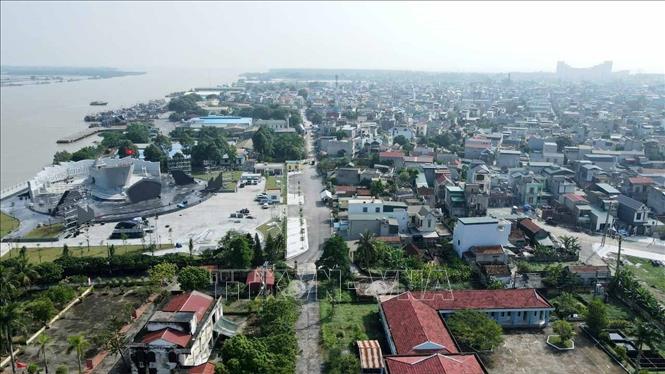
The location chosen in Thanh Hoa was Cua Hoi (now Quang Tien ward, Sam Son city). Thanh Hoa people loved, protected and sheltered their compatriots, cadres, soldiers and students from the South who had gathered in the North like real brothers.
VNA reporter interviewed Mr. Dao Xuan Yen, member of the Standing Committee and Head of the Propaganda Department of Thanh Hoa Provincial Party Committee, about his responsibility and sharing with the people, cadres, soldiers and students from the South who gathered in the North.
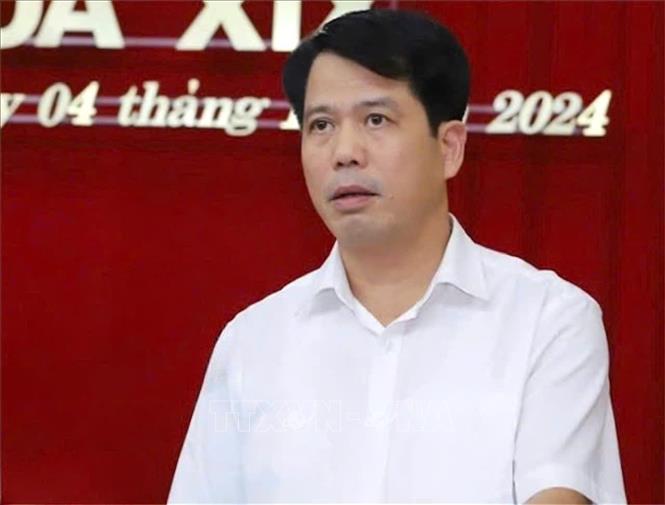
Could you tell us how the province mobilized human and financial resources to welcome compatriots, cadres, soldiers and students from the South to the North?
Implementing the policy of the Party Central Committee, the Government and President Ho Chi Minh, with its strategic position and revolutionary tradition, Thanh Hoa was trusted by the Party Central Committee and assigned the task, together with the localities: Hai Phong, Thai Binh , Nghe An, to welcome compatriots, cadres, soldiers and students from the South to the North. The location chosen in Thanh Hoa was Cua Hoi (now Quang Tien ward, Sam Son city).
During the resistance war against the French, Thanh Hoa was a great rear base, contributing a lot of manpower and resources to the front line, but was severely devastated by war and natural disasters. In 1954, the Party Committee and people in the province were carrying out many tasks such as: Carrying out the second phase of land reform; opposing the forced migration of Catholics to the South, and the situation of hunger was severe...
With the North-South kinship, Thanh Hoa Provincial Party Committee promptly directed the establishment of a provincial reception committee headed by Mr. Do Van Kiem - Member of the Provincial Administrative Resistance Committee as Head of the committee and an executive apparatus with hundreds of staff members. At the same time, quickly deploy the tasks of welcoming compatriots, cadres, soldiers and students from the South to the assembly area in the safest and most thoughtful manner.
The Provincial Party Standing Committee directly led the work of welcoming compatriots, cadres, soldiers, and students from the South to the assembly area throughout the province, from provincial agencies and organizations down to the people of each village and hamlet.
Localities are highly focused, preparing to organize a thoughtful reception for Southern compatriots. The roads from Thanh Hoa to Sam Son are bustling, bustling, hurried, and urgent. Thousands of workers and people voluntarily participate in building works to welcome Southern compatriots. Tens of thousands of bamboo trees, bamboo trees, wooden trees, tens of thousands of palm leaves, hundreds of tons of firewood... from the mountains of Thanh Hoa are brought down in time to build spacious, clean reception houses, houses, dining rooms, beds...
To ensure the health of the people, cadres, soldiers and students from the South who had gathered, from the very beginning, the Central Government assigned Thanh Hoa to build a bamboo and thatch hospital with 800 beds managed by the Ministry of Health , with technical support from the Provincial Hospital. Following the direction of the Provincial Party Committee, the Thanh Hoa Health Department established an emergency station in Sam Son and two health check-up stations in two communes of Hoang Loc and Hoang Quang (Hoang Hoa). The infirmary in Thieu Do (Thieu Hoa) examined and treated comrades and people from the South who were imprisoned and tortured by the colonialists in Chi Hoa prison and treated children who went to the North to study.
On September 25, 1954, Sam Son Thanh Hoa port (now Lach Hoi port, Sam Son city) was brightly decorated with flags and flowers to welcome the first ship breaking through the waves to the cheers of Thanh Hoa people welcoming their Southern compatriots to the North. Carrying a very large number of Southern compatriots, cadres, soldiers, and students to the North were very large ships from the Soviet Union and Poland. These ships could not dock at Sam Son port and had to anchor several kilometers away from the mainland.
Therefore, the locality had to mobilize and use small ships and boats to bring people ashore. Some ships took two days to transport all the people to the mainland. In 9 months, from September 1954 to May 1955, the whole province welcomed 7 waves, including 45 ships, including 47,346 cadres and soldiers, 1,775 war invalids, 5,922 students and 1,443 families of cadres.
After the Southern compatriots, cadres, soldiers and students came ashore, they were welcomed by the Reception Committee and taken to the prepared camps by the people to rest and take care of them. Sometimes the camps were not enough, so the people of Quang Tien took the compatriots back to their families to take care of them. The people of Thanh Hoa, directly the people of Sam Son, each had a job, and organizations, groups and individuals were assigned specific tasks. The youth and children were assigned the task of cooking, providing logistics, and organizing cultural activities. Health care, education and security were ensured.
People in the lowland districts enthusiastically donated food, clothing, and blankets. Nong Cong and Dong Son districts donated 600 cows, 700 pigs, 15,000 chickens and ducks, and 120,000 eggs; Nga Son and Quang Xuong provided 8,384 pairs of mats; Tho Xuan, Hoang Hoa, Thieu Hoa, and Yen Dinh made 2,800 individual mosquito nets, 1,000 double mosquito nets, 4,100 blankets, and 1,450 cotton shirt frames; Dong Son, Quang Xuong, and Thanh Hoa town provided 49,000 sets of traditional Vietnamese clothes and 6,161 pairs of rubber sandals. People in the midland districts of Thanh Hoa donated over 10,000 kg of tomatoes, 3 tons of fish, and 415 kg of wood ear mushrooms...
How are the people, cadres, soldiers and students staying in Thanh Hoa arranged and assigned jobs, ensuring long-term livelihoods and making great contributions to the construction and development of their homeland Thanh Hoa, sir?
After the safe and thoughtful reception of the Southern compatriots, cadres, soldiers and students who had gathered in the North, they were assigned to all the Northern provinces such as Hanoi, Ninh Binh, Nam Dinh, Ha Nam, Thai Binh, Hai Phong... to work, study and work. For the Southern compatriots, cadres, soldiers and students who stayed, the Thanh Hoa Provincial Party Committee determined that arranging and assigning jobs and ensuring long-term living conditions is one of the key tasks of the Thanh Hoa Party Committee and people at this time.
For 5,735 students, after being transferred to the provinces, the remaining 2,631 students in Thanh Hoa were divided into 12 schools in 9 communes in Quang Xuong district (old) such as: Quang Chau, Quang Vinh, Quang Tho, Quang Tam, Quang Dinh, Quang Cat, Quang Hai, Quang Luu, Quang Loc... After a period of study, most of them were transferred to schools for students in the South in Hanoi, Hai Phong, and Guilin (China) to continue their studies.
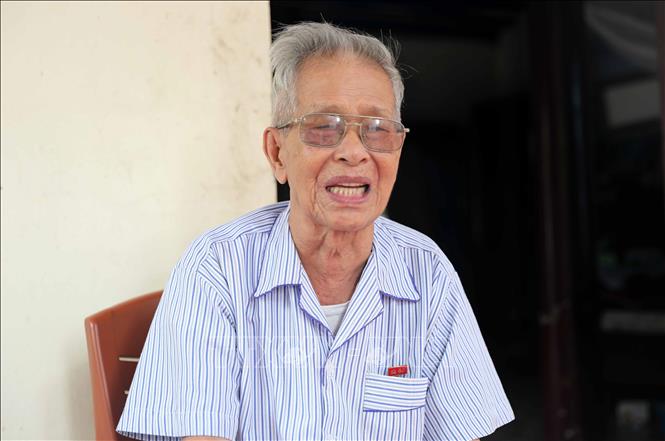
The Southern elders were warmly welcomed and nurtured by the Party Committee and people of Thanh Hoa. Typically, Vinh Loc district was chosen as the place to welcome 225 Southern elders from Binh Dinh province to the assembly area; as for Southern families, as of May 15, 1955, Thanh Hoa had 90 families, including 29 families of soldiers and 61 families of officials and employees of agencies and enterprises.
Some families were assigned to Thanh Hoa town to trade and work in provincial and municipal agencies. The province built reception facilities for families who worked in agriculture in the communes of Yen Truong (Yen Dinh), Xuan Thanh, and Phu Yen (Tho Xuan). For 1,743 workers, the province sent them to 5 construction sites: Tinh Gia, Dong Quang, Tao Xuyen, Hoang Loc, and Ha Trung to repair roads.
Many cadres and soldiers from the South gathered and volunteered to build farms and forestry farms in the province. There were 12 state-owned farms and forestry farms, most of which were soldiers who had transferred to other sectors and cadres from the South.
Typical: Lam Son economic zone has 3 farms (Song Am, Lam Son, Thong Nhat); the Northern economic zone has 4 farms (Ha Trung, Van Du, Thach Thanh, Thach Quang); the Southwest economic zone has Yen My farm... The people, cadres and soldiers who stayed behind to build farms and forestry farms considered Thanh Hoa as their second homeland, making great contributions to the construction and development of Thanh Hoa homeland.
The event of welcoming cadres, soldiers, people and students from the South to the North is an important and meaningful historical milestone for the whole country as well as Thanh Hoa province. Promoting that tradition of resilience, indomitability and bravery, how have the Party Committee, government and people of Thanh Hoa province risen up to build a dynamic and strong province?
Time has passed, but the event of welcoming cadres, soldiers, people and students from the South to the North 70 years ago will forever be a brilliant milestone, leaving behind many valuable and vivid lessons. The Party Committee, government and people of all ethnic groups in Thanh Hoa always remember, deeply engrave, promote and raise to new heights those lessons in the cause of building and defending the Fatherland.
Thanh Hoa in the past, although still facing many difficulties, was still deeply loved and welcomed and sheltered the children of the South to gather. Today, the land and people of Thanh are always confident, dynamic, mature and in tune with the country's innovation.
Implementing the Resolution of the 13th National Party Congress, Resolution No. 58-NQ/TW dated August 5, 2020 of the Politburo on building and developing Thanh Hoa province to 2030, with a vision to 2045, Resolution of the 19th Provincial Party Congress, term 2020 - 2025, the Party Committee and people of all ethnic groups in Thanh Hoa province have focused on implementing many appropriate and correct policies and solutions, so the overall socio-economic picture of the province continues to thrive strongly.
It can be affirmed that Thanh Hoa has never had the potential and position as it does today. That is the basis and condition for the Party Committee, government and people of all ethnic groups in the province to continue to move forward, contributing with the whole country to successfully achieve the goal of industrialization, modernization and proactive international integration.
Thank you very much!
Baotintuc.vn
Source: https://baotintuc.vn/thoi-su/70-nam-tap-ket-ra-bac-tron-nghia-ven-tinh-voi-dong-bao-mien-nam-20241024141553319.htm


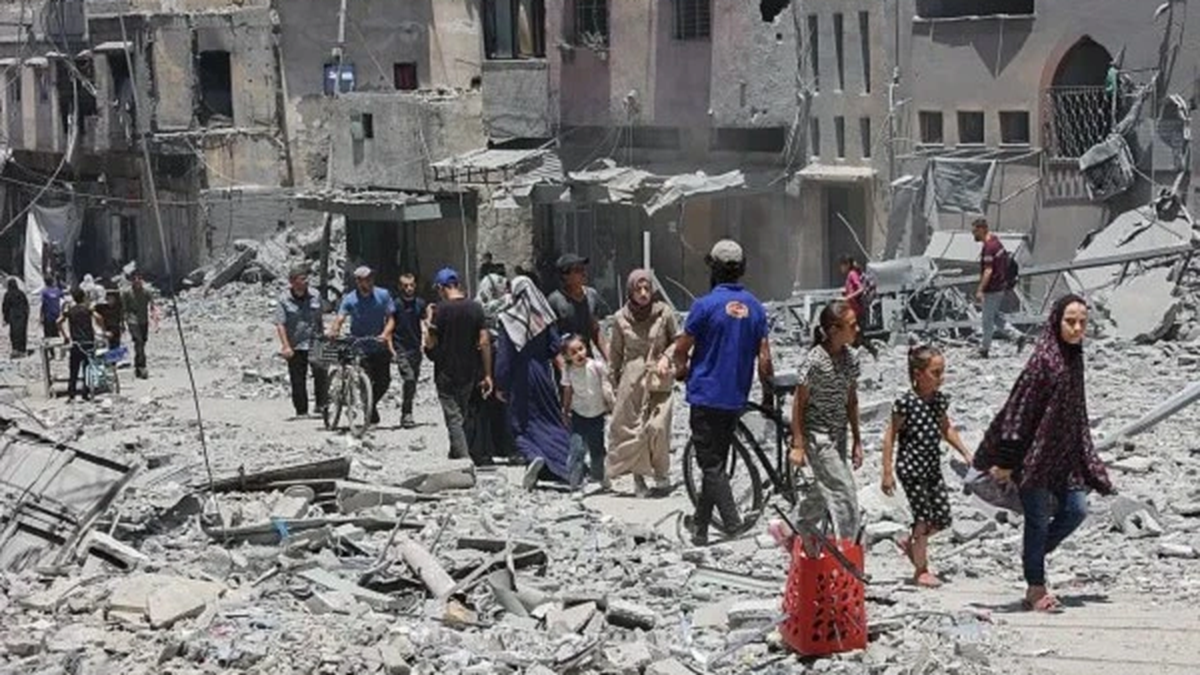
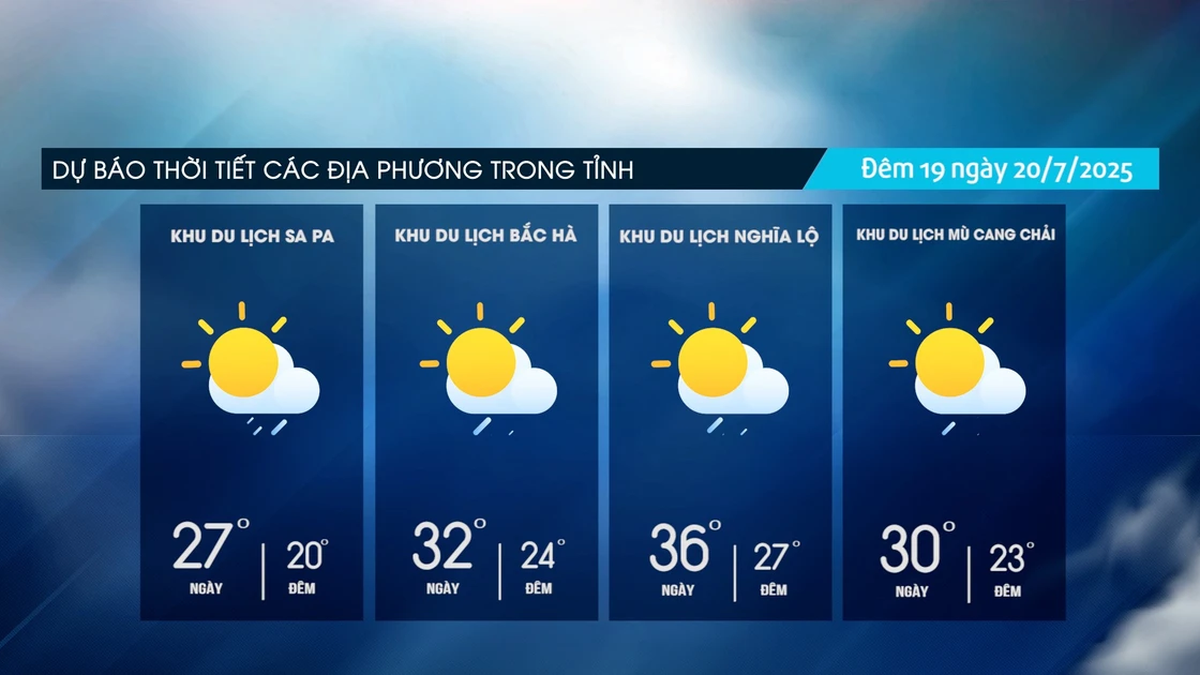
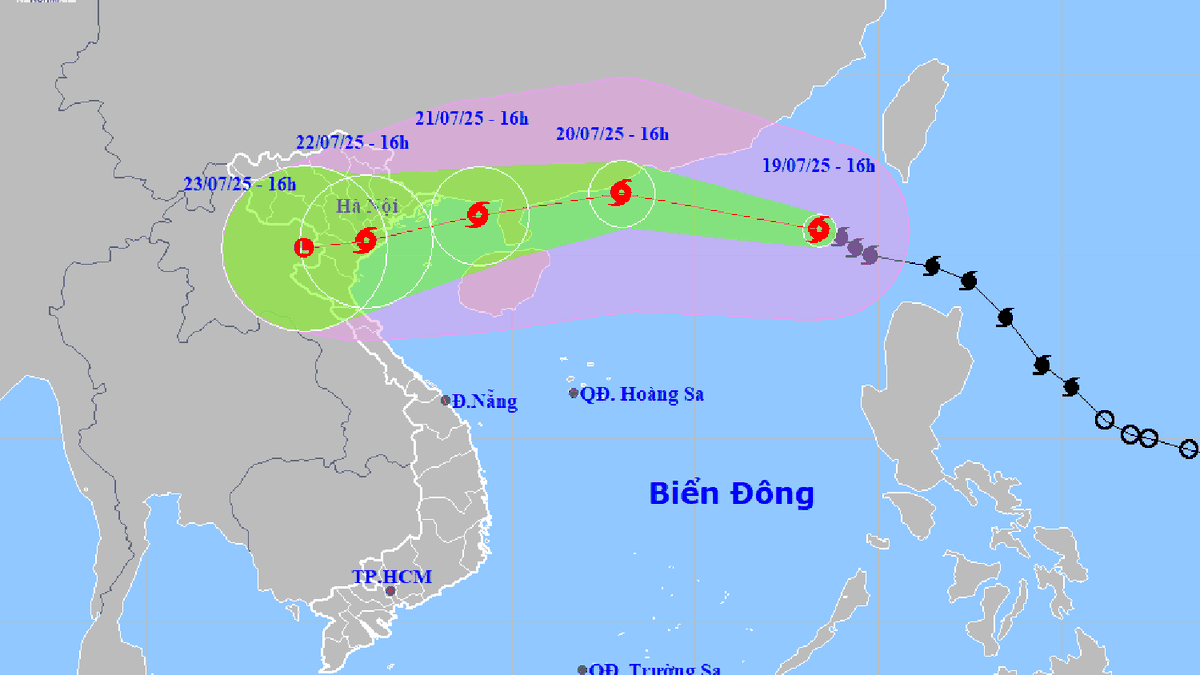
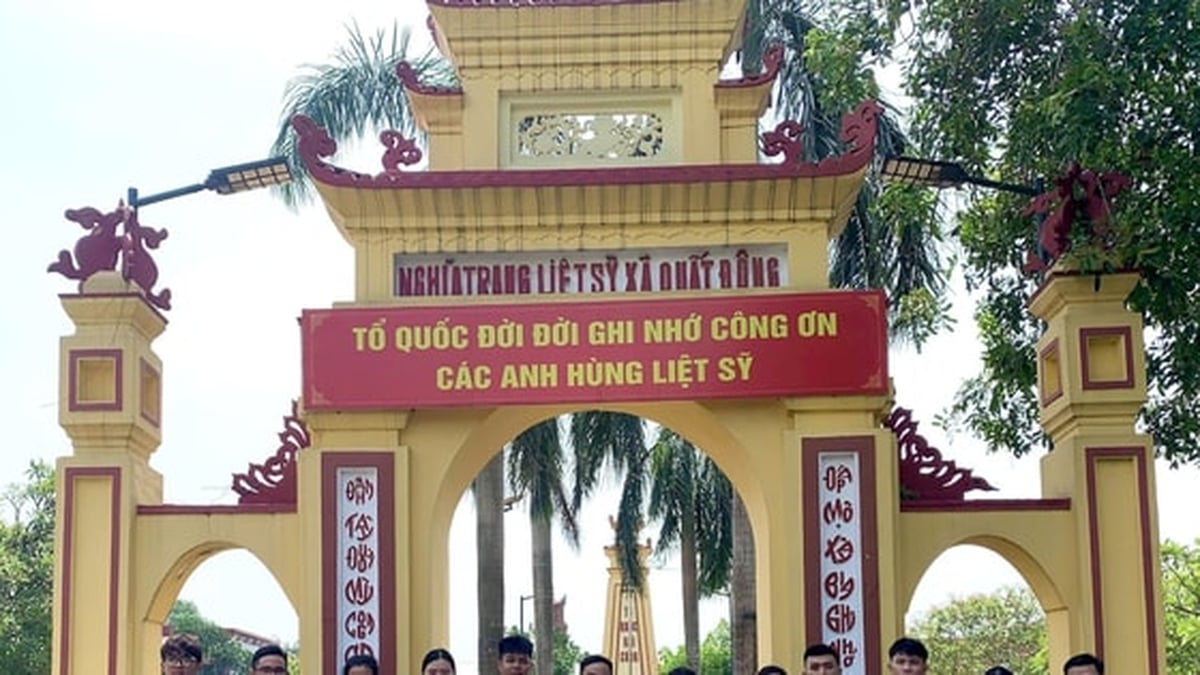
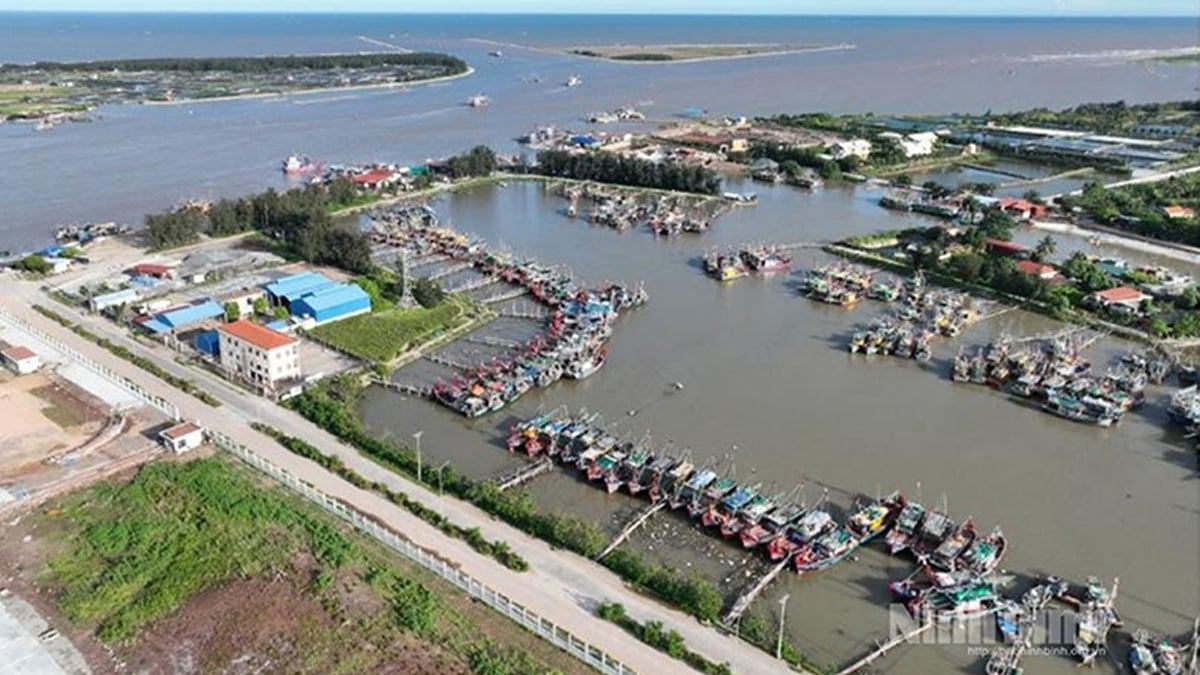
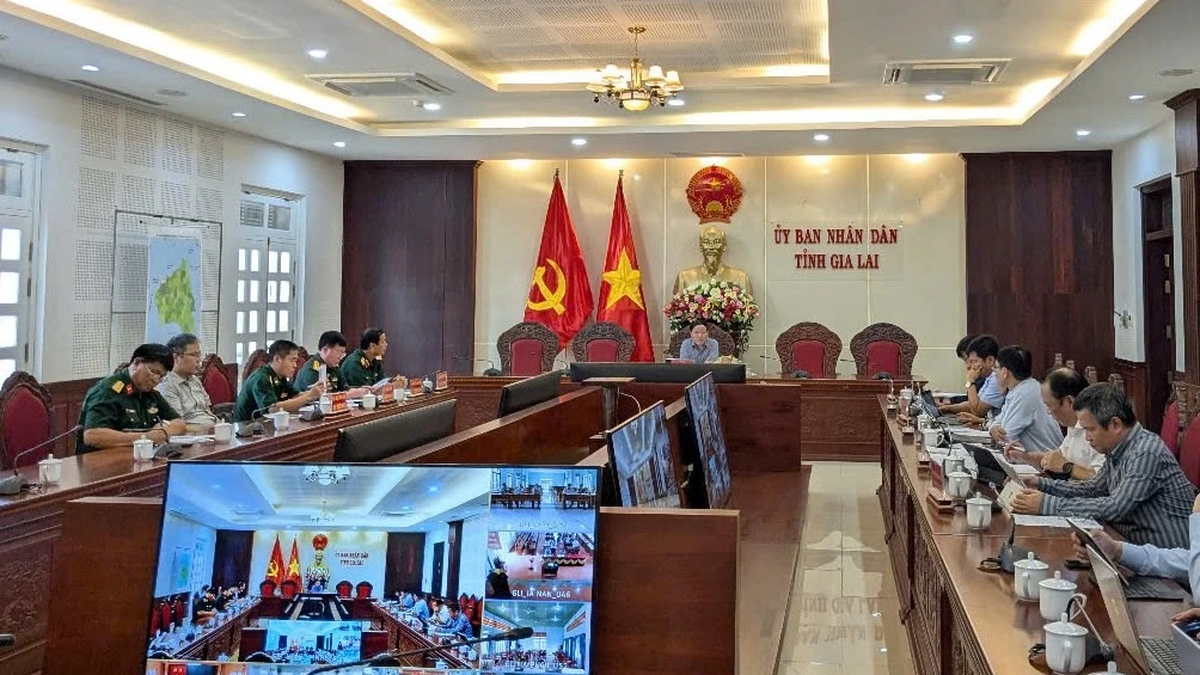
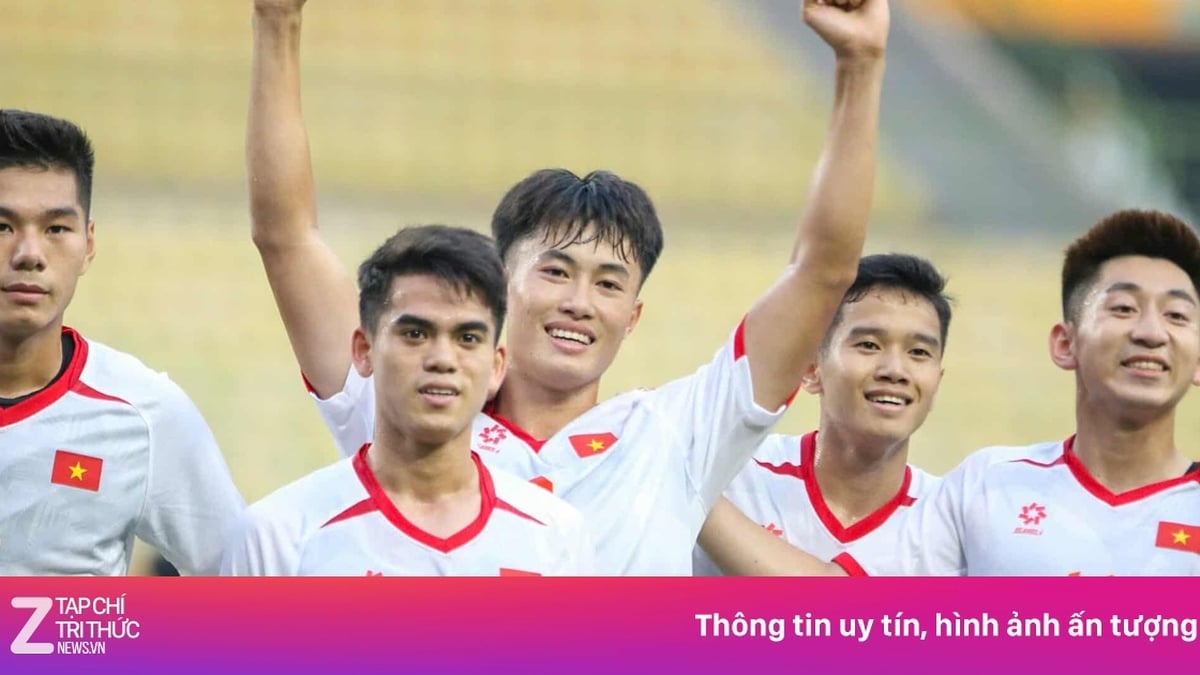
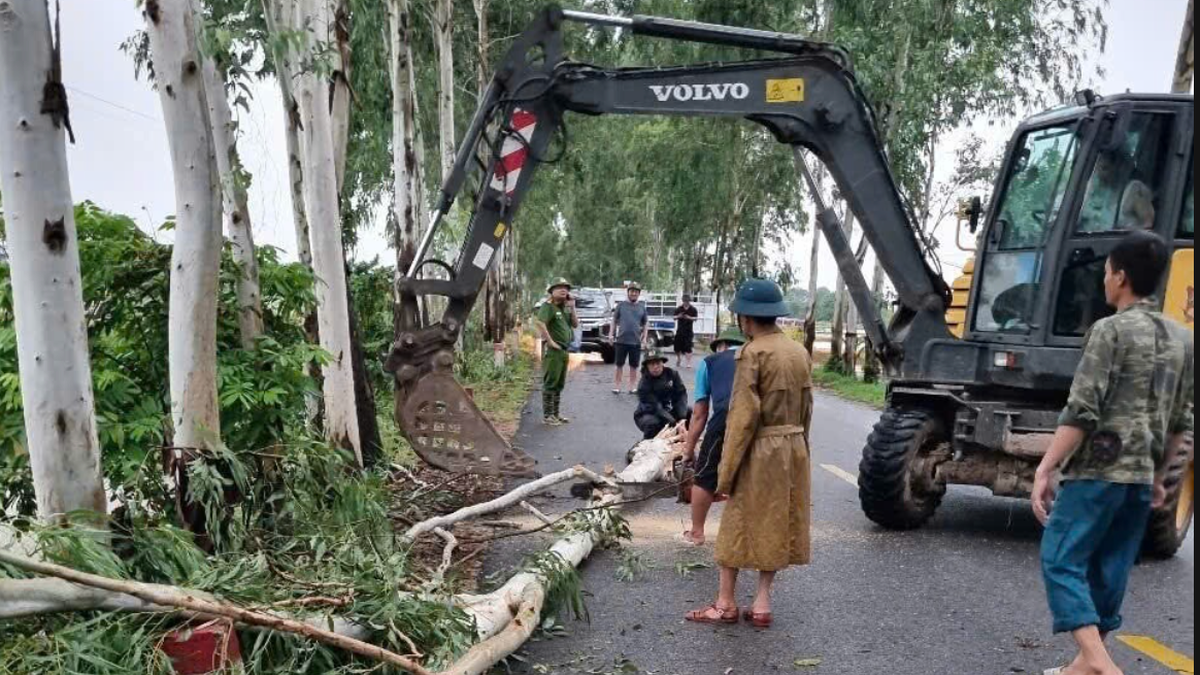

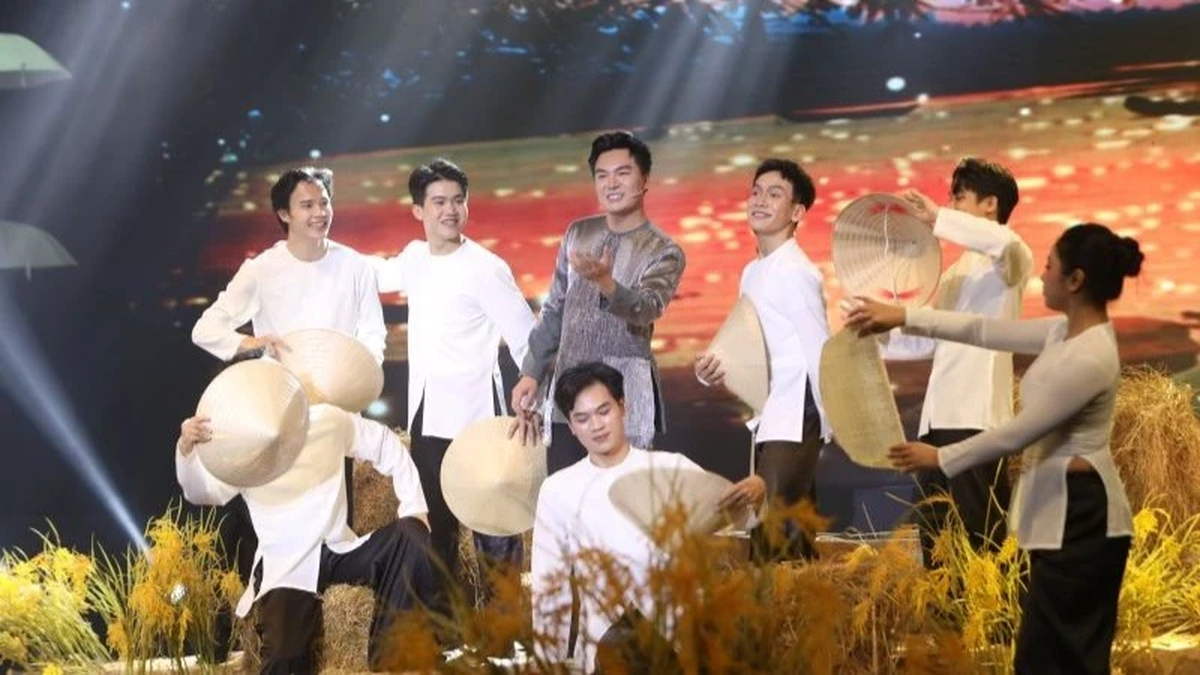















































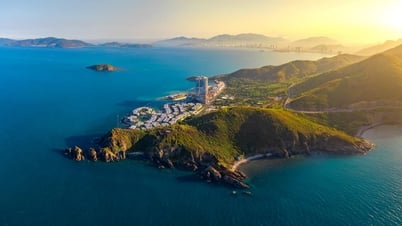

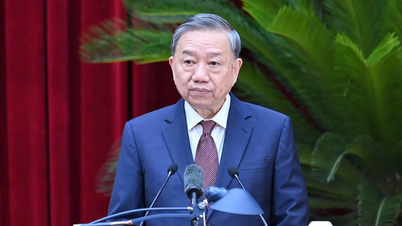
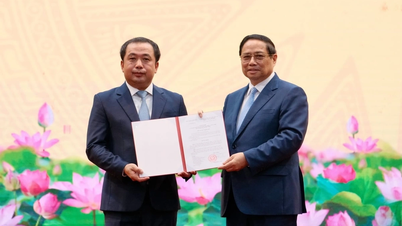
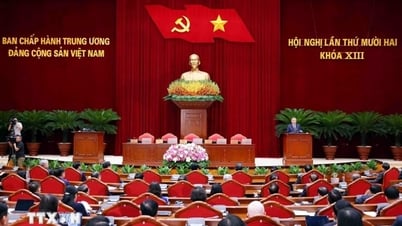


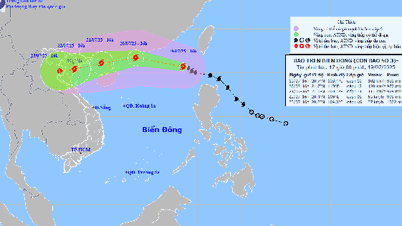


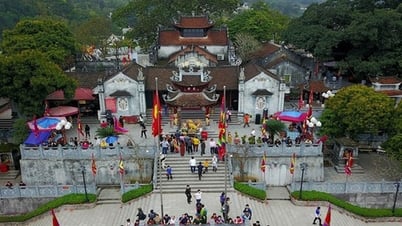
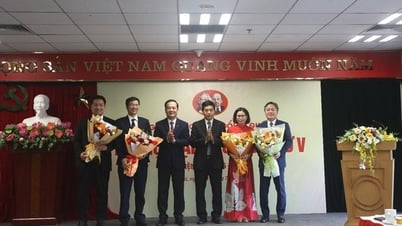

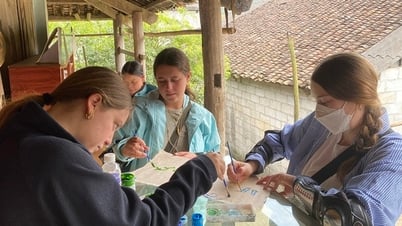
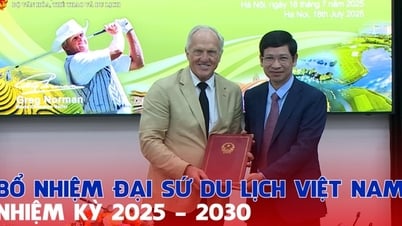
























Comment (0)